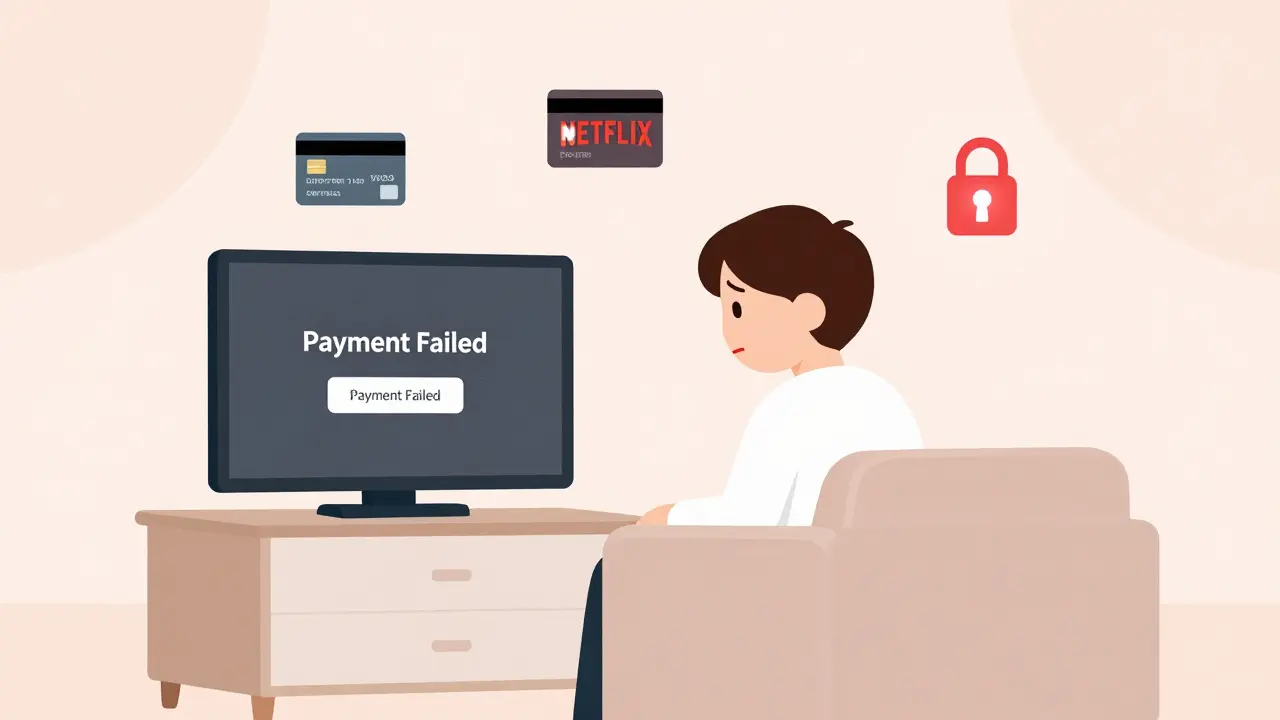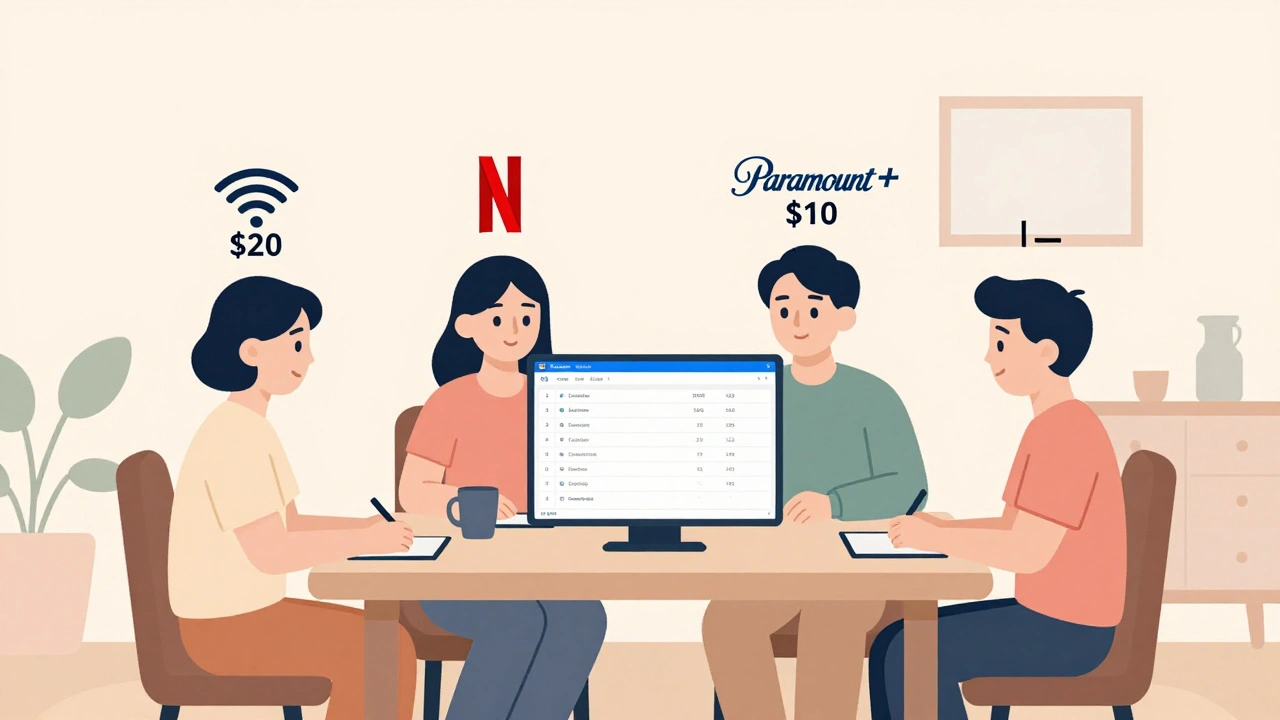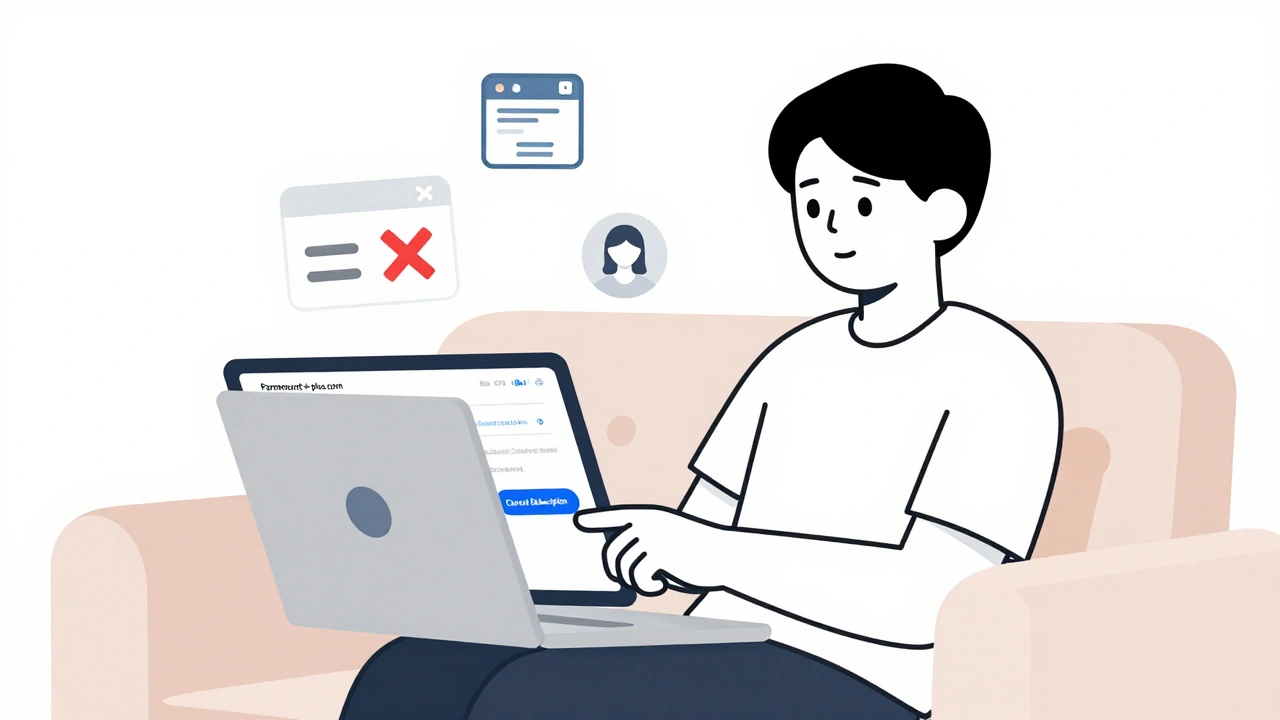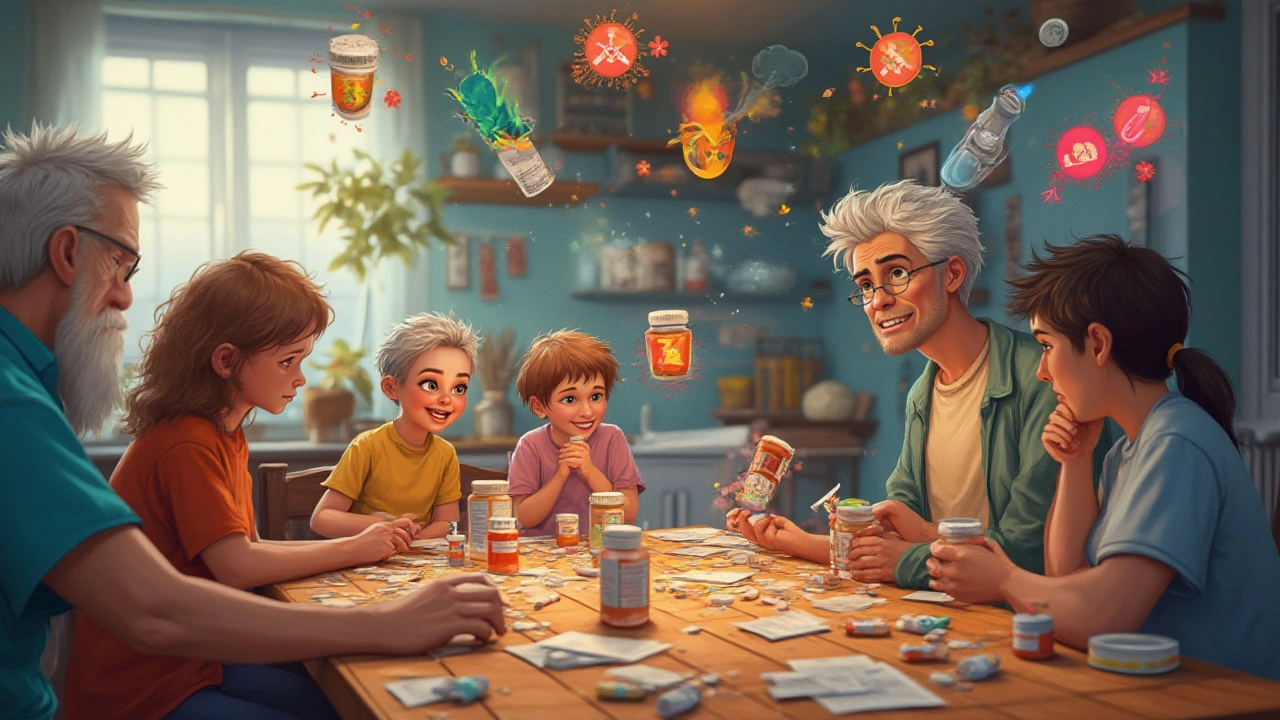Support: Understanding Antibiotic Resistance and Keeping Your Health Safe
Antibiotic resistance is more than just a medical term—it’s a reality that could affect you or someone you care about. When bacteria become resistant to antibiotics, the medicines we rely on stop working, which makes infections harder to treat. This page is here to give you clear, straightforward info about what causes antibiotic resistance and what you can do to stay safe.
What Causes Antibiotic Resistance?
You might wonder why bacteria become resistant in the first place. It happens mostly because antibiotics are used too much or incorrectly. For example, if someone stops taking their antibiotics too early or uses them for a viral infection like a cold, the bacteria can learn to fight back. Resistant bacteria then multiply, making superbugs that resist many treatments.
This isn’t just a problem for hospitals or sick people—it affects everyone. Resistant infections can spread in communities and even in everyday settings like schools or workplaces, so understanding this helps you act wisely.
How Can You Protect Yourself and Others?
The good news? There are practical steps you can take every day. First, only use antibiotics when prescribed by a healthcare professional. Don’t insist on them if your doctor says you don’t need them. Finish the full course even if you feel better, so no bacteria get the chance to survive and adapt.
Keeping good hygiene, like washing hands regularly, also helps stop the spread of bacteria. And remember, vaccinations can prevent certain infections, reducing the need for antibiotics in the first place.
Looking out for these simple actions helps you protect your health and slows down antibiotic resistance, benefiting the whole community.
29
Live Stream Safety: How to Avoid Bans and Stay Within Platform Policies
Learn how to avoid live stream bans by understanding platform policies, recognizing gray-area violations, and using moderation tools to keep your channel safe and active.
27
Billing and Payment Lockouts: How to Restore Streaming Access Fast
Fix a billing lockout on your streaming service fast with these simple steps. Learn why payment failures happen and how to restore access without calling support.
19
How to Expand Storage on Fire TV with USB Drives and Manage Apps Better
Learn how to expand storage on your Fire TV using USB drives and manage apps to stop storage warnings. Clear cache, move compatible apps, and extend your device's life without buying new hardware.
8
How Roommates Can Fairly Share Wi-Fi and Streaming Costs
Learn how to fairly split Wi-Fi and streaming costs with roommates to avoid conflict, save money, and keep relationships smooth. Simple, practical system for 2025.
3
How to Cancel Paramount+: Step-by-Step Guide
Learn how to cancel Paramount+ on any device - web, iPhone, Android, Roku, or Smart TV. Avoid hidden charges, keep your watch history, and know what happens after cancellation.
2
Why Subtitles Aren't Working: Fix Common Video Text Issues
Subtitles not showing up or syncing properly? Learn how to fix common video text issues with file formats, encoding, timing, and platform-specific fixes that actually work.
10
How to Downgrade Your Streaming Plan Without Losing Access to What You Need
Learn how to downgrade your streaming plan to save money without losing access to your favorite shows. Step-by-step guides for Netflix, Disney+, Stan, and more.
23
Family Group Management: How to Add and Remove Members Across Subscription Services
Learn how to properly add and remove family members from subscription services like Apple, Spotify, and Google Family. Avoid overpaying and protect your privacy with clear, step-by-step guidance.
17
Email Filters for Streaming Promos: Stop Missing Deals and Free Trials
Stop missing streaming deals and forgotten charges with smart email filters. Learn how to sort promo, trial, and renewal emails so you never pay for a subscription you didn’t want.
7
How to Understand and Use a Drug Interaction Chart Safely
Learn how to read and use a drug interaction chart for safe medication management. This guide shows you how to spot risky drug combinations and make safer choices.
16
Antibiotic Resistance: Causes, Impact & How to Protect Your Health
Discover what antibiotic resistance means, why it threatens your health, and how simple steps can make a big difference. Get facts, stats, and easy tips.
Latest Posts
Popular Posts
-
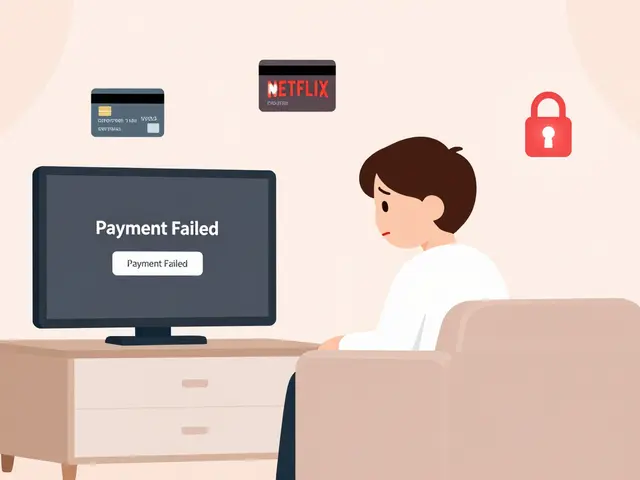 Billing and Payment Lockouts: How to Restore Streaming Access Fast
Billing and Payment Lockouts: How to Restore Streaming Access Fast
-
 Lord of the Rings: The Rings of Power on Prime Video - What to Know in 2025
Lord of the Rings: The Rings of Power on Prime Video - What to Know in 2025
-
 Survival Horror in Film: How Isolation, Resourcefulness, and Tension Create Unforgettable Fear
Survival Horror in Film: How Isolation, Resourcefulness, and Tension Create Unforgettable Fear
-
 Paramount+ with Showtime vs. Peacock Premium vs. ESPN+: Which Sports Add-On Fits Your Viewing Habits?
Paramount+ with Showtime vs. Peacock Premium vs. ESPN+: Which Sports Add-On Fits Your Viewing Habits?
-
 Taxes and Currency: How International Streaming Billing Works
Taxes and Currency: How International Streaming Billing Works

